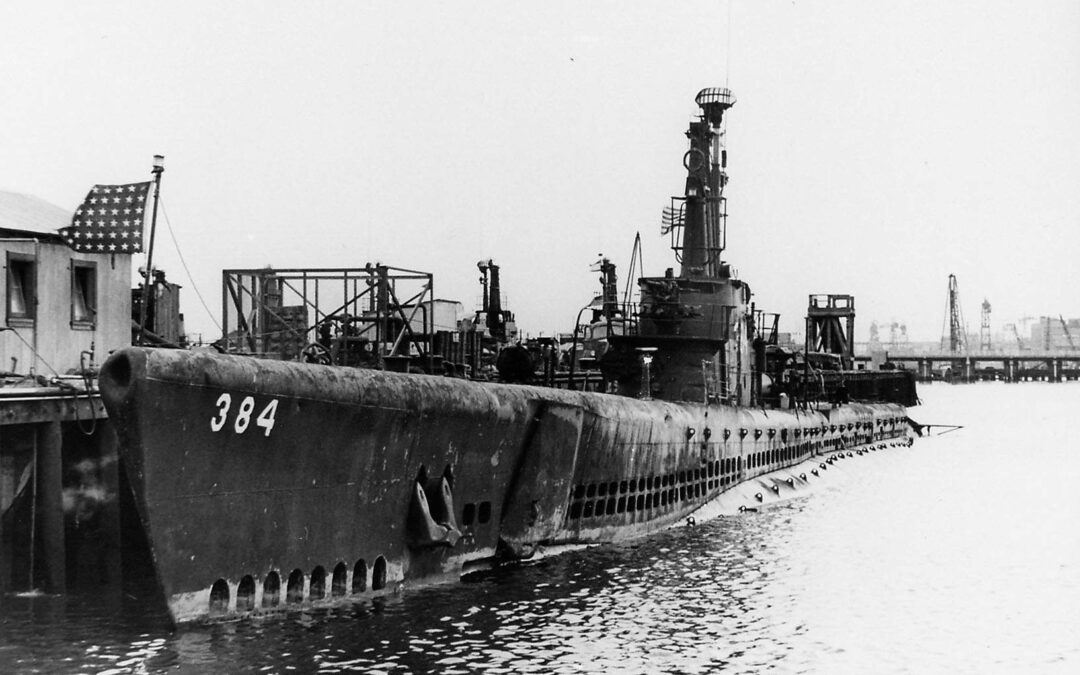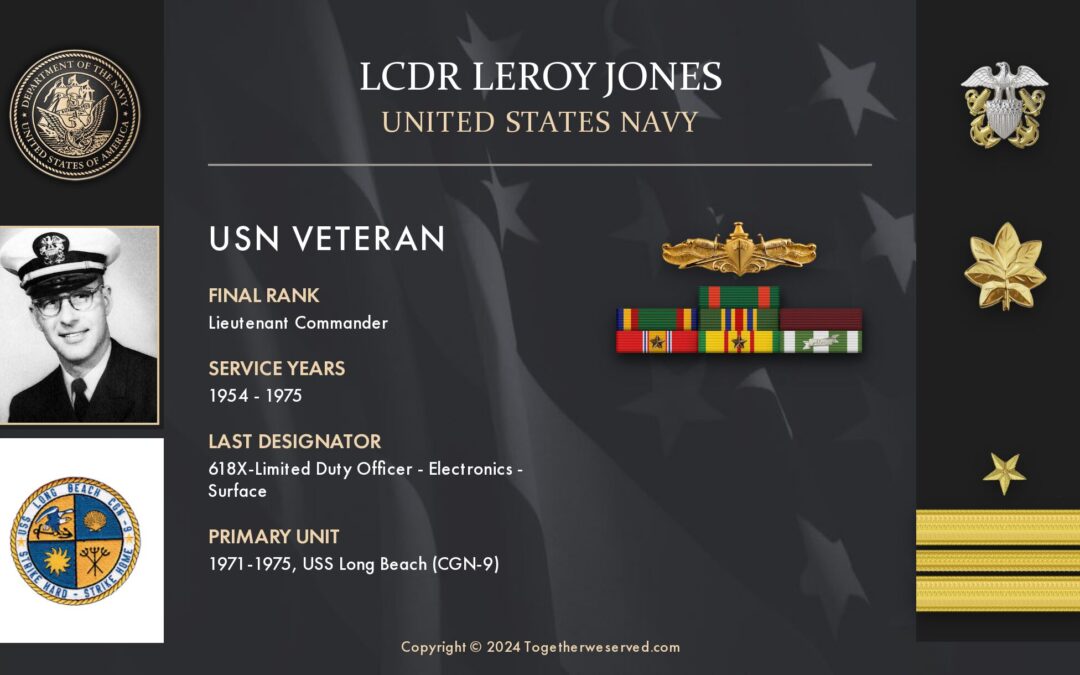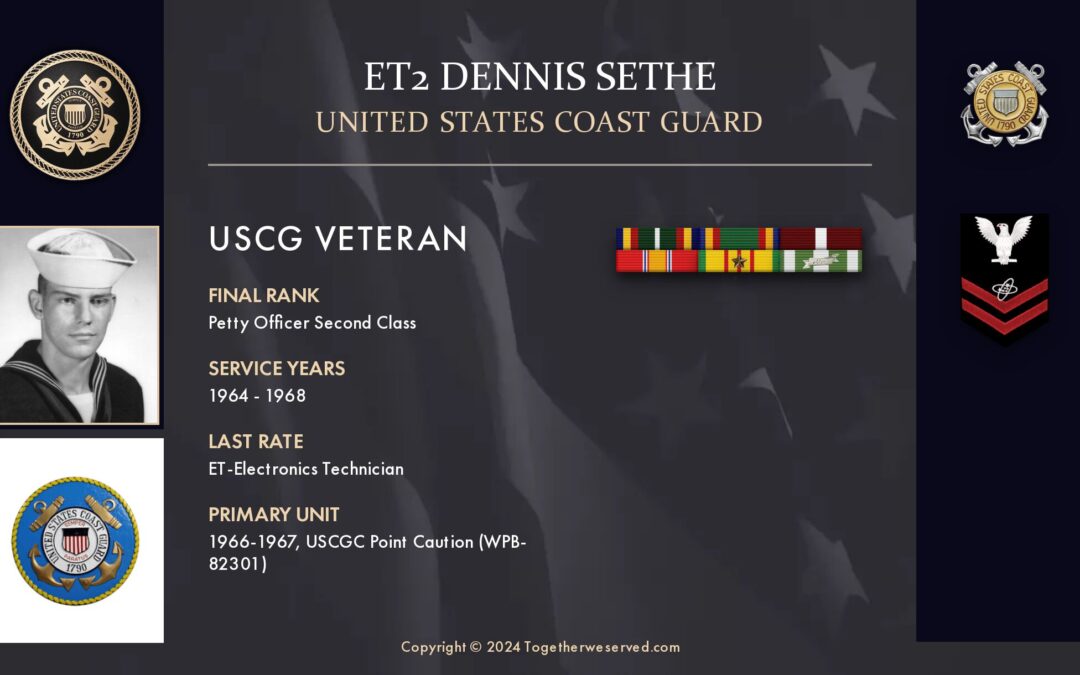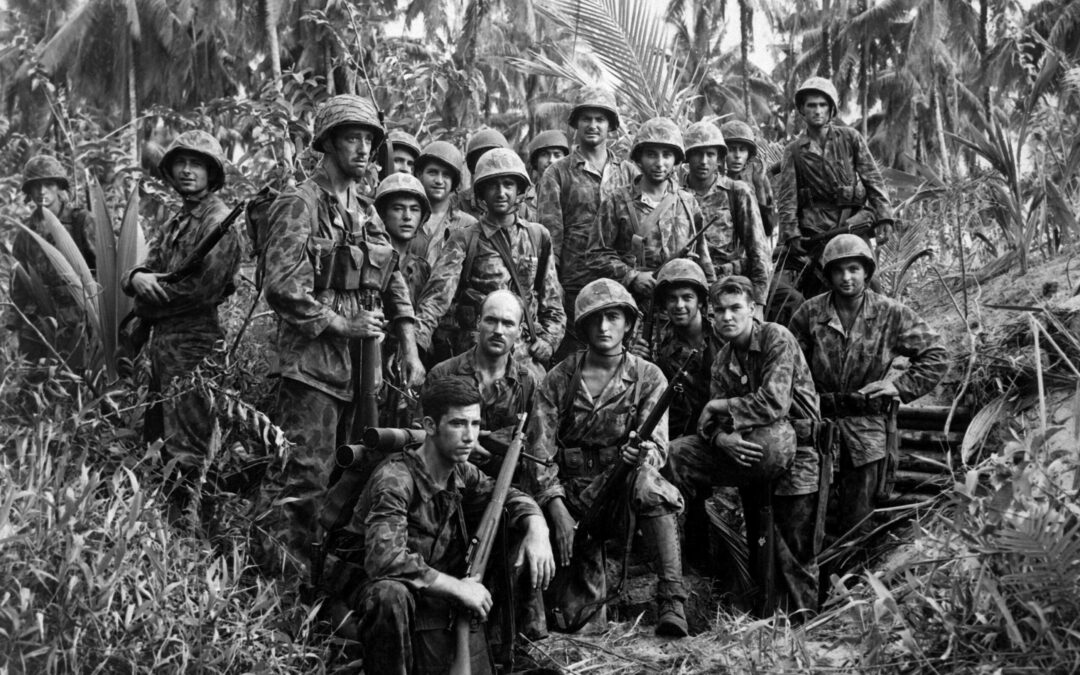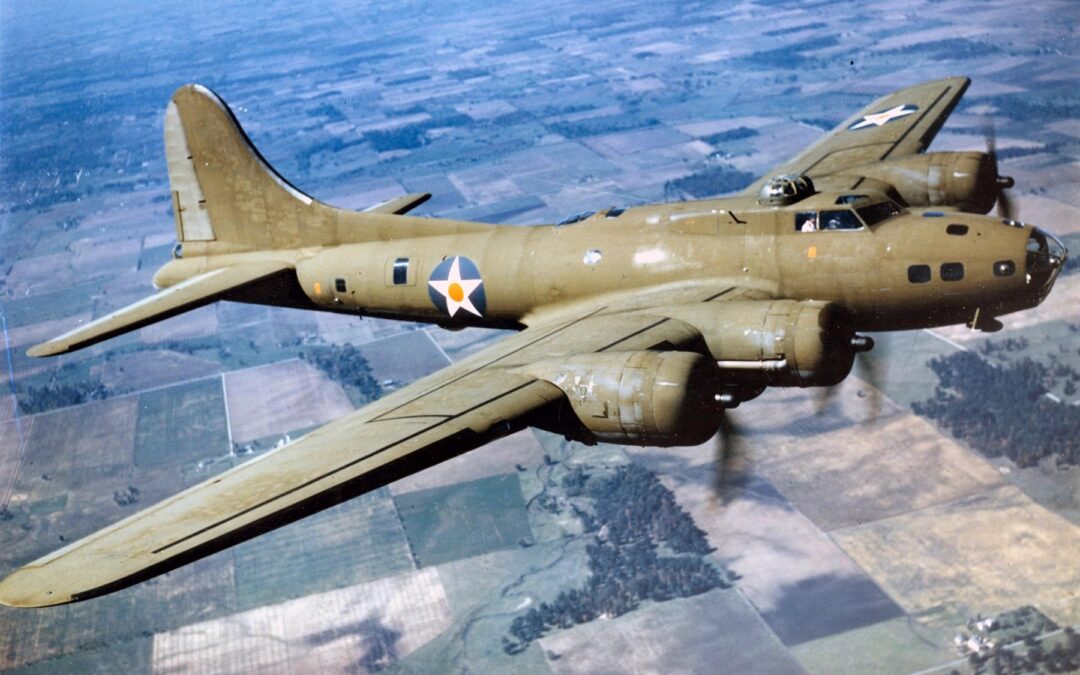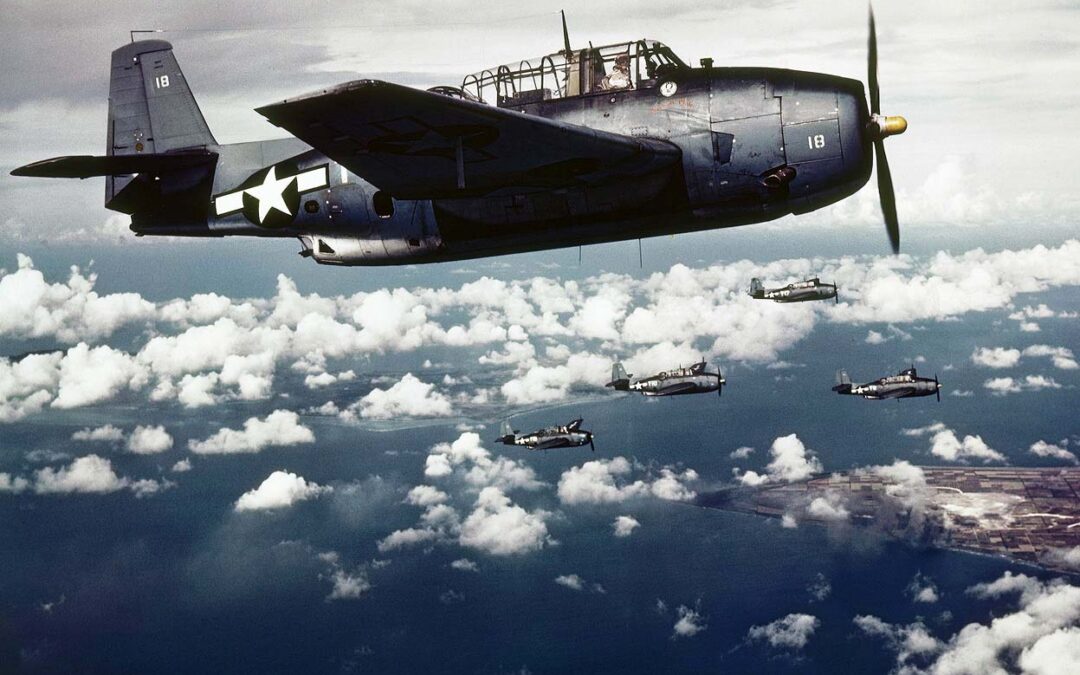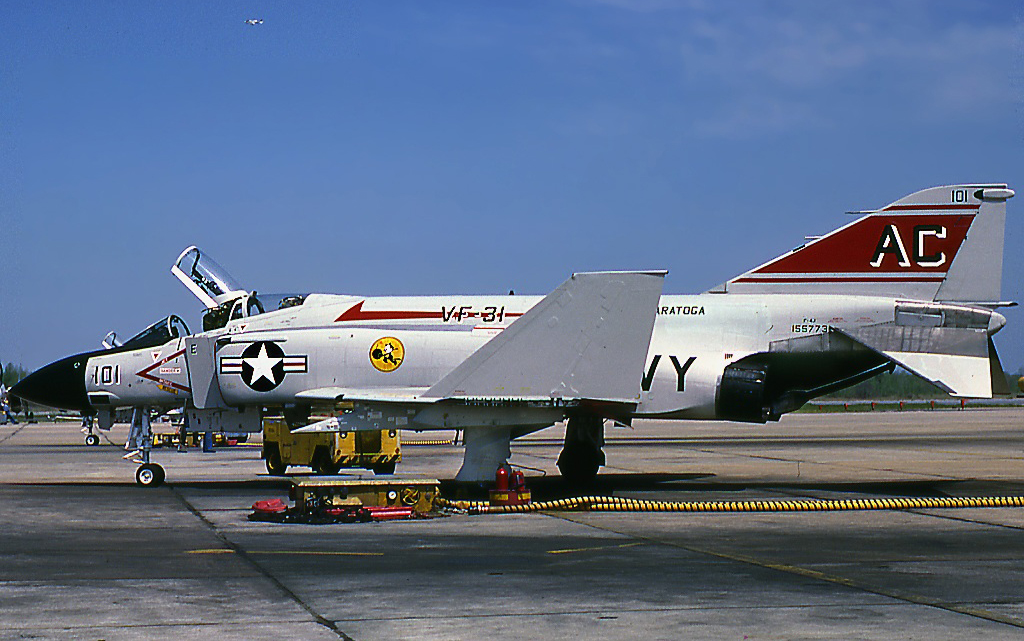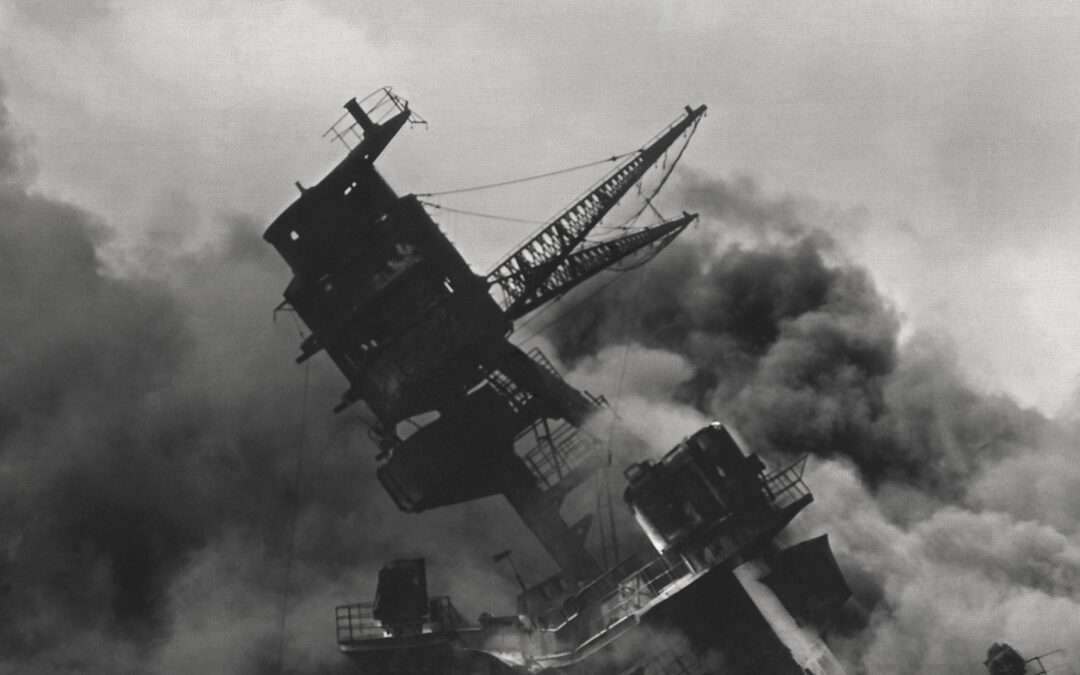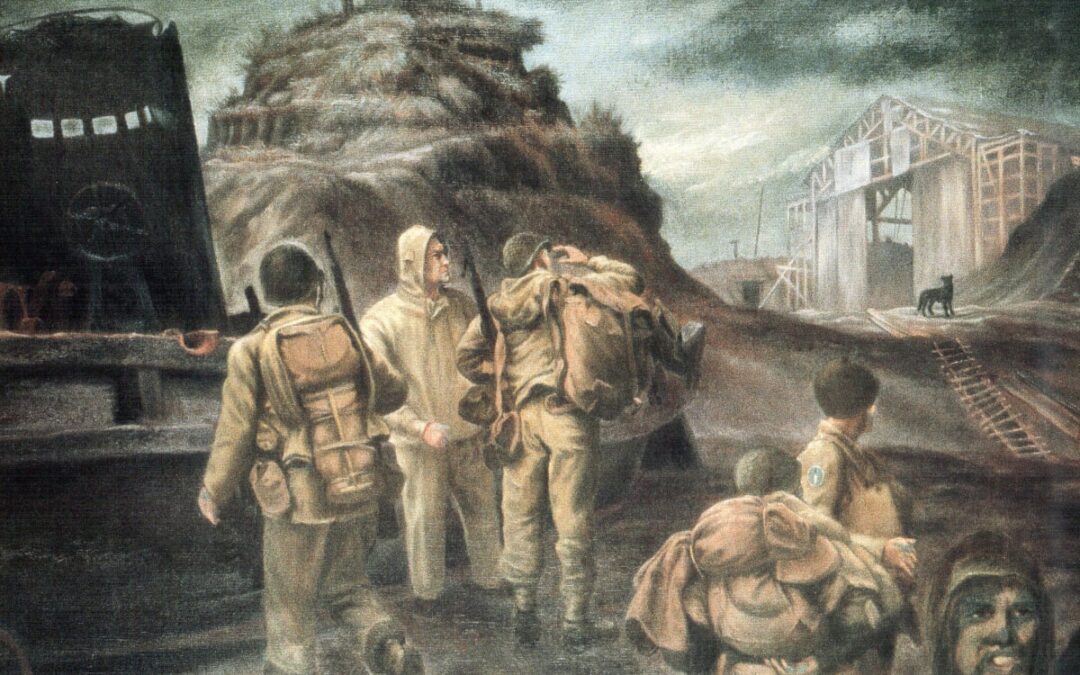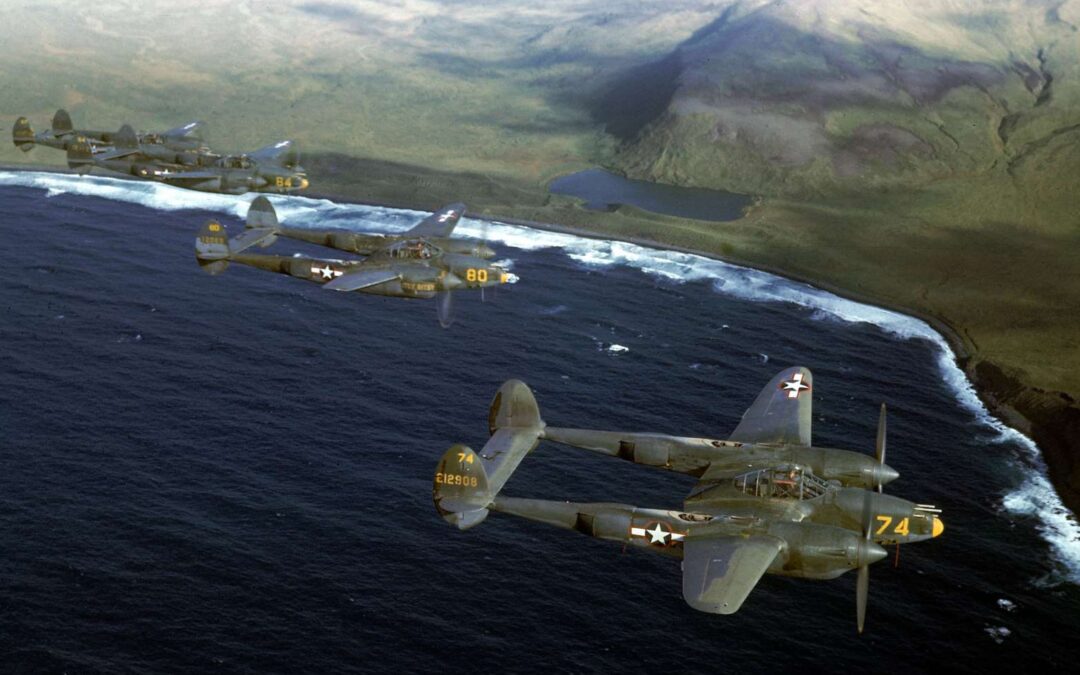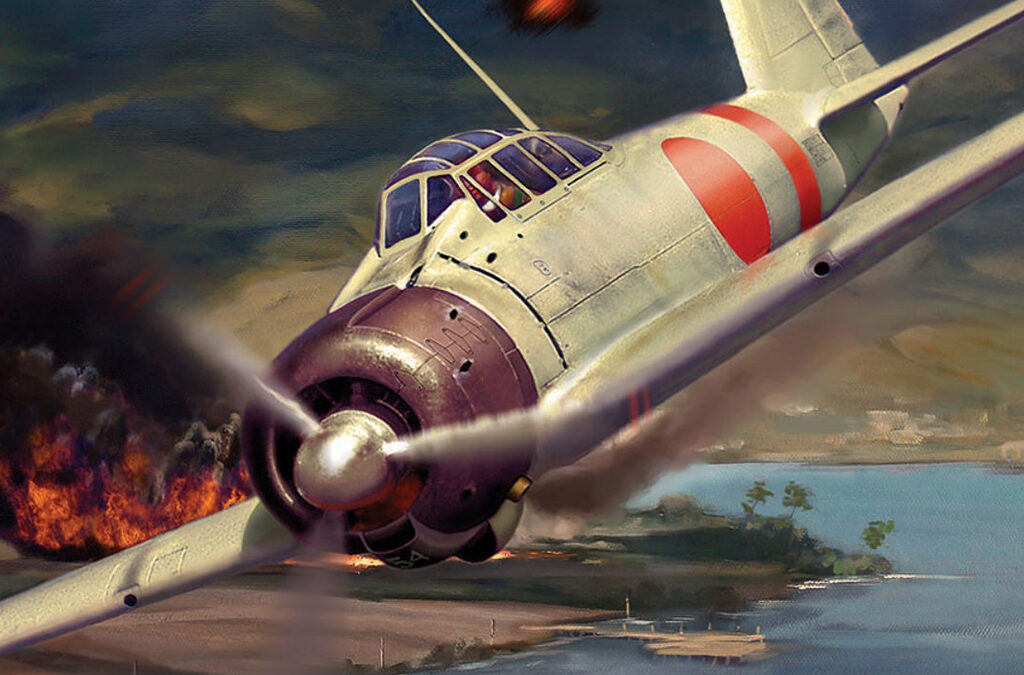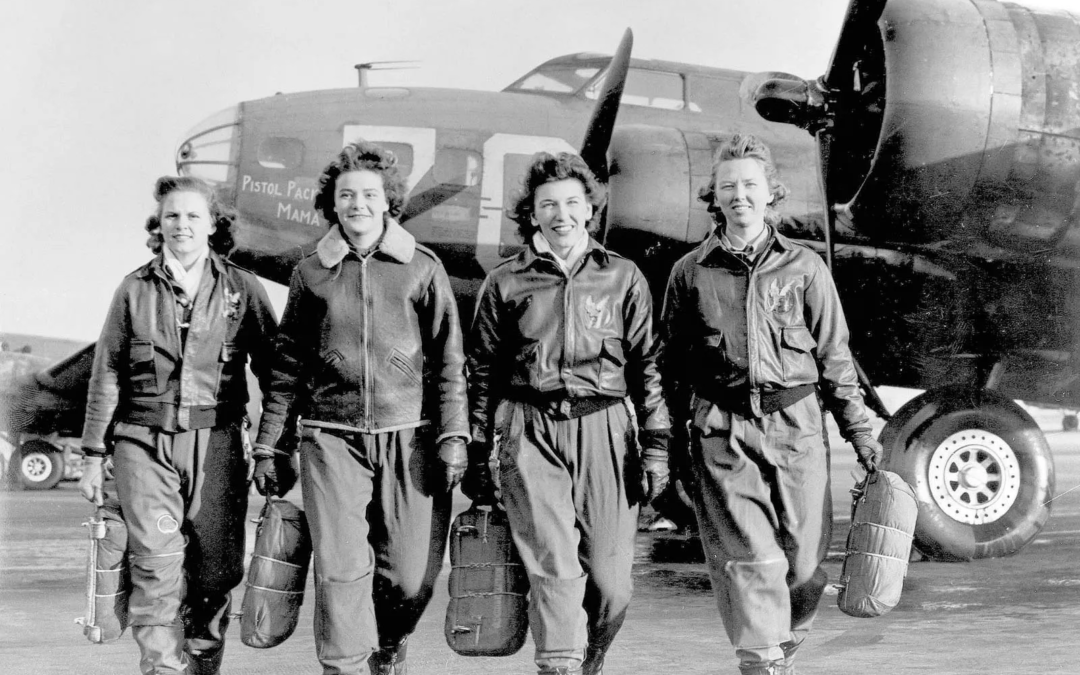The first USS Parche (SS-384) was a United States Navy submarine. She bore the name of a butterfly fish, one of at least 114 species. Butterfly fish have a large spot that looks like an eye on the tail end of their body. Their natural eye is often much smaller or camouflaged within other body markings. This is to trick a predator into thinking the fish will move in the direction of the false eye, thereby giving the small fish a chance to escape capture. USS Parche: World War II Exploits and...
